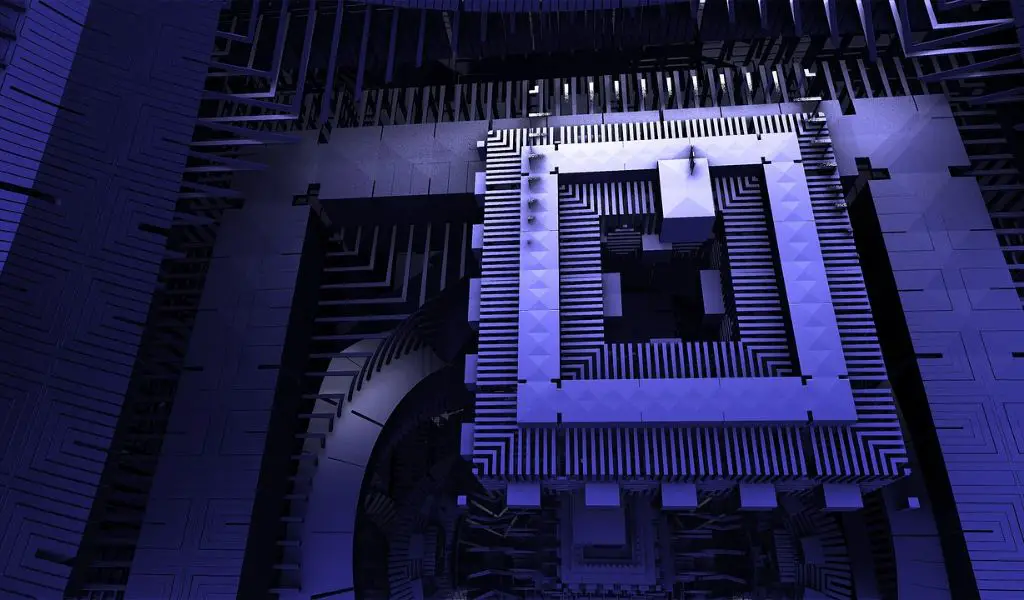Listen to the Podcast:
Google has announced that it has made a breakthrough in fixing bugs that are inherent in quantum computers currently in use. This represents an early but potentially significant step toward overcoming the most significant technical barrier to a revolutionary new way of computing.
According to Hartmut Neven, who is in charge of Google’s quantum computing operations, the Internet corporation’s findings were published in the journal Nature and represent a “milestone in our quest to build a viable quantum computer.” He described error correction as “a fundamental rite of passage that every quantum computing device must go through.”
Also read: Google Maps tricks
The quantum bits, also known as qubits, on which quantum computers are based can only maintain their quantum states for a small fraction of a second, making it difficult to produce useful results. Any information encoded in a quantum system will be lost before the computer can finish its calculations. The most difficult and time-consuming technical problem facing the industry today is trying to find a solution to remedy the failures that this causes.
Photo credit: flickr
Even if this only results in a marginal improvement over conventional computers, certain quantum companies have pinned their hopes for the near future on discovering ways to program today’s error-prone or “noisy” machines. This is the case despite the fact that these machines are becoming more sophisticated. Unfortunately, those attempts have yet to yield any practical results, leading to the growing belief that quantum computing will not be viable until the much larger challenge of error correction is overcome.
The Google researchers said they had found a way to spread the data processed by a quantum computer over many qubits so that the entire system could retain enough to finish a calculation, even as individual qubits fell out of their quantum states. This was achieved by spreading the data across many qubits so that the system as a whole could retain enough to finish the calculation.
Read more: New Google features for Android
Research conducted and published in Nature indicated that there was only a 4% decrease in the error rate due to Google scaling up its technique to run on a larger quantum system. However, the researchers noted that this was the first time that increasing the size of the computer had not also led to an increase in the error rate. Neven stated that he demonstrated that Google had passed a “breakeven point,” after which further advances would yield steady performance gains, putting the company on the path to having its first practical quantum computer. Neven was referring to the point at which further advances would bring steady gains in performance.
According to Julian Kelly, a researcher at Google, the bug-fixing breakthrough was the result of improvements Google had made to every component of its quantum computer, from the quality of its qubits to its control software and the cryogenic equipment that powered it. used to cool. the computer to near absolute zero. He went on to say that, as a result, the total number of errors had been reduced to such a negligible level that it was now possible to expand the scale of the system without causing exponential growth in the number of errors.
Google stated that the development was only the second of six steps needed to build a quantum computer that could be used in the real world. The next phase was to refine its engineering to the point where it would only require 1000 qubits to generate a so-called “logical qubit”. A logical qubit is an abstraction built on top of imperfect physical qubits and can operate without error. According to Neven, Google believes it will have a useful machine once it has figured out how to build and link a thousand logical qubits into a single system.
Know More: Google Chrome Memory and Power Saving Mode
Scientific claims made by Google about quantum computing in the past are controversial. In 2019, the company announced in a paper published in Nature that it had achieved what is known as “quantum supremacy.” This refers to the point at which a quantum computer can finish a calculation impossible for a conventional machine to perform for all intents and purposes.
However, this statement was challenged by IBM and other companies, and new programming techniques were created to increase the performance of traditional computers. As a result, the time by which quantum machine makers could claim to have achieved “supremacy” was pushed back.
In a paper published this week in Nature, Google researchers stated that they were approaching their most recent purported scientific achievement with “caution.” They warned that there was still a remote chance that their error-correcting strategy would not work in the future when applied to much larger quantum systems.

Subscribe to our latest newsletter
To read our exclusive content, sign up now. $5/month, $50/year
Categories: Technology
Source: vtt.edu.vn
